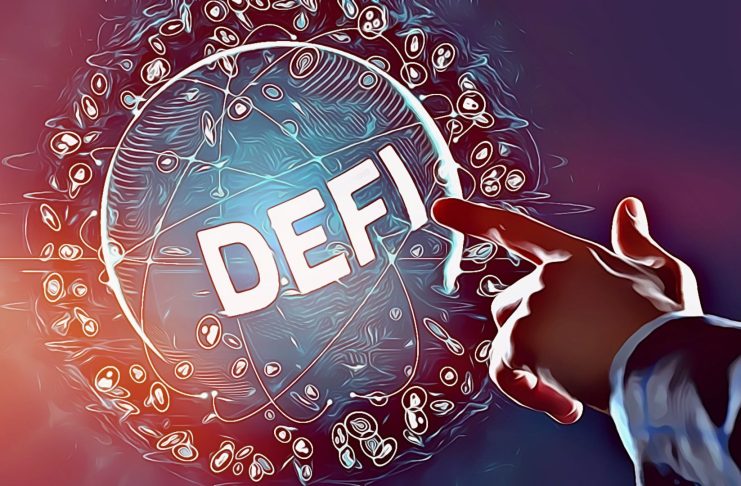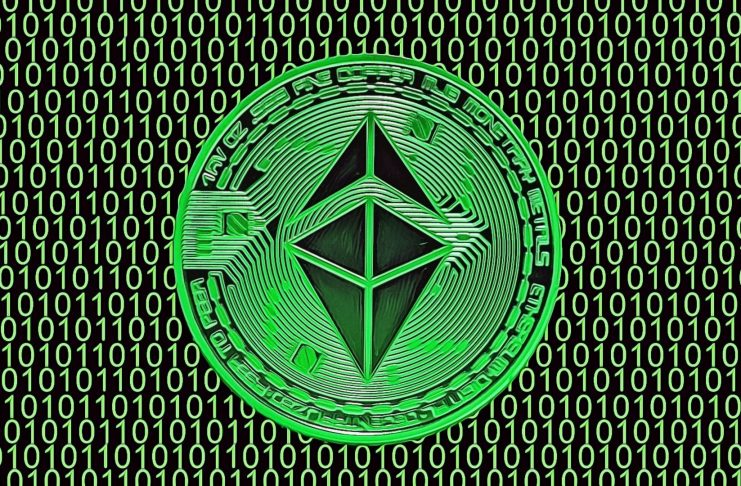Most of us have heard of Web 3.0, whether we’ve come across a decent explanation of it or not. The first wave of the internet (Web 1.0) was basically a one-way flow of information. We could log on, read stuff, maybe send an email. But there was no real interaction, unlike Web 2.0, which is characterized by social media and online marketplaces.
And as we stand on the brink of Web 3.0, we could think of it as the web of everything and everywhere. IoT technology is finally taking off, and everything we know and use is connected to the web. But what about blockchain?
We’re now talking about blockchain technology in the same way. And if you consider how long blockchain tech has been around in relation to the internet, its development has been significantly faster.
Contents
Blockchain 1.0
Think Bitcoin here. Blockchain 1.0, Satoshi’s brainchild, was never actually called blockchain until a couple of years back when marketers put their spin on it. Somehow, “blockchain” sounded better than the “chain of blocks” that Nakamoto referred to. But, without a doubt, Bitcoin, the first incredible use case, is indisputably Blockchain 1.0.
Blockchain 2.0
Enter Ethereum. With its self-governing apps and smart contracts, its developer community, and the way it allows businesses to automate efficiently, most people agree that Ethereum is Blockchain 2.0.
So, what is Blockchain 3.0? An official winner has yet to be crowned; however, many people believe that Directed Acyclic Graph (DAG) might just be it.
Blockchain 3.0 – What Is DAG?
From a technical point of view, DAG is a directed graph data structure with a topological ordering. Just like smart contracts and Bitcoin transactions, the sequence can only go in one direction – earlier to later – and one of its main uses is data compression and processing, making it fundamental for scalability.
Due to inefficiencies with Bitcoin (the Proof-of-Work system doesn’t allow blocks to be created simultaneously), developers are constantly working on improvements. Since its linked storage structure only allows for one chain on the network, all transactions that happen around the same time are recorded in the same block. Each block is created every 10 minutes, or thereabouts.
The idea behind DAG is to allow for flexibility and scalability. It’s all about extending storage time by having more blocks on the network at the same time, through side-chains. With side-chains, there are different transactions running on different chains at the same time.
Speeding up Transactions
Ask anyone what the main challenges Bitcoin or Ethereum face, and most people will tell you it’s scaling. As more adopters use these chains, a sort of bottleneck occurs. 10 minutes is a long time to wait for a transaction to be confirmed. 15-20 seconds is also not fast enough.
IoT Chain (ITC), IOTA, and Byteball are some of the main emerging players to employ a DAG system in which transactions can be confirmed almost instantaneously. The concept of blocks can be removed from the equation, since they are combined with transactions.
Once a transaction is recorded, there’s no need for mining, making DAG blockless and efficient. Transactions can be validated much more quickly than with PoW or PoS.
Why Is DAG so Important?
As DAG advances and more chains and applications are built, its scalability will allow more people to come on board to conduct real-time transactions with minimal fees. Micropayments can then be sent without the crippling processing fees of Bitcoin or Ethereum.
IoT Chain (ITC) uses DAG and can handle more than 10,000 transactions per second. IOTA is able to handle between 500 to 800. To put that into context, VISA can manage 1,700 transactions per second, while Bitcoin can only handle around seven.
Which application will win the race to produce the fastest and most robust DAG-based blockchain remains to be seen. But it will surely be used for applications that require scalability or need to process thousands of transactions per second (think e-commerce, finance, or data processing). While Ethereum is working on its sharding solution, it’s still a long ways off.
Use in Data
Cybervein is a decentralized database network based on DAG, with its own programming language. Its plan is to interconnect data for institutions and individuals – and we’re talking about massive amounts of data that all humans create every day through wearables, smartphones, laptops, and more.
Traditional blockchains are not designed to store vast amounts of structured data, especially when it’s being processed simultaneously by various parties. DAG allows companies like Cybervein to build a scalable solution with theoretically unlimited storage. It’s basically a tighter, faster, more efficient network that doesn’t rely on PoS or PoW.
There is a catch, though. DAG is more prone to attack than traditional blockchains. This means that solutions to make it more secure are being worked on in tandem with other applications, like IOTA’s Tangle.
The Takeaway
Blockchain 3.0 will be characterized by real-time transactions, scalability, and unlimited decentralized storage. However, since DAG is more prone to attack, perhaps the ultimate solution will arrive in Blockchain 4.0: scalable, fast, unlimited, and completely secure as well.




1 Comment
good